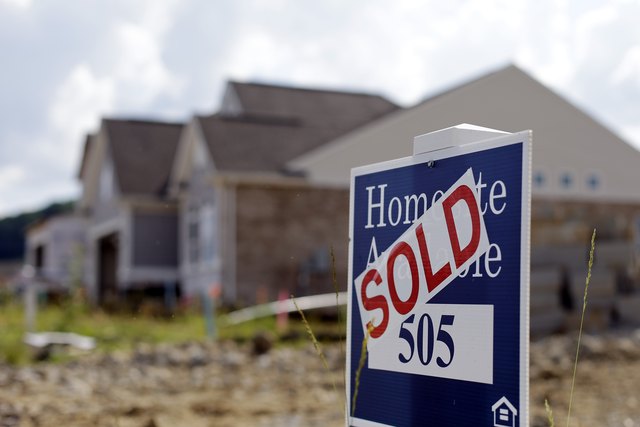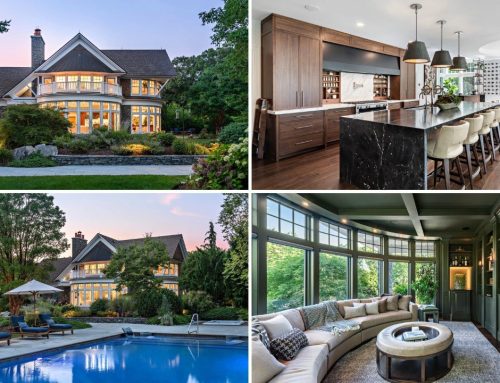
Mark Humphrey/Association Press
Sales of previously owned homes slowed down in January amid higher mortgage rates, setting a disappointing tone for the start of the new year.
Existing-home sales dropped 4.9% last month from December, to a seasonally adjusted annual rate of 4.08 million, the National Association of Realtors® reported on Friday. However, the January sales figure was up 2% from the same month a year earlier.
Home prices continued to rise on an annual basis, with the median sales price for all existing housing types at $396,900 in January, up 4.8% from one year ago.
This sales price figure is somewhat different from median home listing prices, which have recently declined on an annual basis, says Realtor.com® Chief Economist Danielle Hale.
“Recent sales growth has been more robust among higher price points, whereas data show that among listings lower-priced tiers have seen stronger gains, driving some of the divergence in the two price measures,” she says.
Mortgage rates have hovered in a tight range close to 7% so far this year, averaging 6.96% in January compared with 6.72% in December, according to Freddie Mac.
“Mortgage rates have refused to budge for several months despite multiple rounds of short-term interest rate cuts by the Federal Reserve,” says NAR Chief Economist Lawrence Yun. “When combined with elevated home prices, housing affordability remains a major challenge.”
Sales of previously owned homes account for the vast majority of all home sales. Existing-home sales are recorded when the transaction is completed, and include single-family homes, condos, co-ops and townhouses.
Supply of homes for sale rises as spring approaches
The supply of previously owned homes for sale rose last month, sending a potentially friendly signal to buyers as the spring selling season approaches.
Total housing inventory for sale was 1.18 million units at the end of January, up 3.5% from December and 16.8% higher than one year ago.
Unsold inventory sits at a 3.5-month supply at the current sales pace, up from 3.2 months in December and 3.0 months a year earlier.
“More housing supply allows strongly qualified buyers to enter the market,” Yun says. “But for many consumers, both increased inventory and lower mortgage rates are necessary for them to purchase a different home or become first-time homeowners.”
Sales remain flat in Midwest, fall elsewhere
In January, existing home sales were unchanged from December at an annual rate of 1 million, up 5.3% from the previous year. The median home price in the Midwest was $290,400, up 7.2% from January 2024.
Sales fell in the other regions on a monthly basis, led by the West, where they slumped 7.4% in January to an annual rate of 750,000, up 1.4% from a year ago. The median price in the West was $614,200, up 7.4% from January 2024.
In the South, sales fell 6.2% from December to an annual rate of 1.83 million in January, identical to one year earlier. The median price in the South was $356,300, up 3.5% from last year.
In the Northeast, existing-home sales dropped 5.7% from December to 500,000 annualized, up 4.2% from January 2024. The median price in the Northeast was $475,400, up 9.5% from one year earlier.



